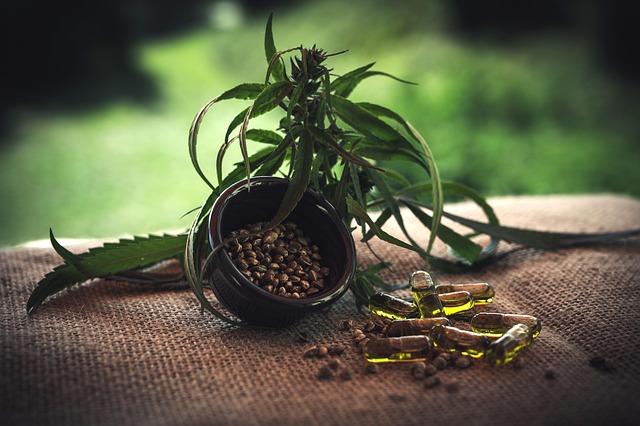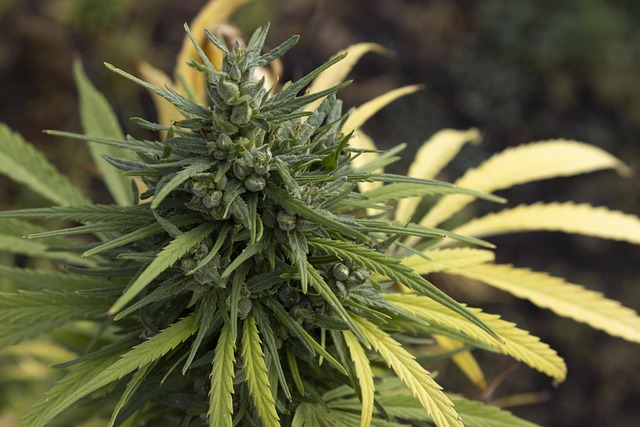Delta 8 Shatter Cartridges: Premium Quality at Discount Prices!

Tired of the high costs and inconsistent quality of traditional cannabis products? Our Delta 8 vape…….
In the ever-evolving landscape of modern technology, materials science has emerged as a driving force behind innovation. Among the various substances making waves, “shatter” and “rosin” have garnered significant attention, sparking debates about their relative merits. This article delves into the intricate world of these two substances, exploring whether shatter truly outperforms rosin across different dimensions. By examining historical context, global impact, economic implications, technological advancements, regulatory frameworks, challenges, successful applications, and future prospects, we aim to provide a comprehensive understanding of this intriguing comparison.
Shatter: In the context of this discussion, “shatter” refers to a specific type of concentrated cannabis extract produced through advanced distillation processes. It is characterized by its high THC (tetrahydrocannabinol) content and viscous, glassy consistency when cooled, hence the term “shatter.”
Rosin: “Rosin” is a natural resin extracted from cannabis plants through a process of pressing or solvent extraction. Historically used for its medicinal properties, modern rosin often undergoes minimal processing to preserve its terpene profile and potential therapeutic benefits.
The debate between shatter and rosin stems from the evolving cannabis industry and changing consumer preferences. Rosin has been utilized for centuries in traditional medicine and recreational settings due to its accessibility and perceived health benefits. However, with advancements in extraction technology, shatter emerged as a more potent alternative, captivating the attention of both consumers and industry experts.
The comparison between shatter and rosin is pivotal within the cannabis market, which has experienced substantial growth globally. Consumers are increasingly seeking concentrated forms of cannabis for their convenience, potency, and targeted effects. This shift in consumer behavior has led to intense competition among manufacturers, driving innovation and the exploration of superior products.
The global cannabis market is a dynamic ecosystem, with varying legal landscapes and consumer preferences across regions. While shatter’s popularity has been steadily rising, rosin retains a strong following in certain markets known for their traditional cannabis use, such as parts of Asia and the Middle East.
Regional Trends:
The cannabis industry is characterized by rapid innovation and shifting preferences. Consumers are becoming increasingly discerning, demanding high-quality products with consistent effects. This trend has led to a rise in product differentiation, with manufacturers emphasizing the purity, potency, and terpene profiles of their offerings, whether shatter or rosin.
The global cannabis market is projected to reach substantial values by 2025, driven by changing attitudes towards cannabis and its therapeutic applications. Within this market, concentrated products like shatter are expected to witness the highest growth rates due to their convenience and perceived superior effects.
Investment Patterns:
Shatter typically commands a premium price due to its higher THC content and more refined manufacturing process. Rosin, on the other hand, offers a cost-effective alternative for consumers seeking natural extraction methods. The pricing gap between these two products creates distinct customer segments and influences market dynamics.
Shatter production involves advanced distillation processes that employ sophisticated equipment and precise temperature control. These techniques enable the isolation of specific cannabinoids, resulting in highly potent concentrates. Recent advancements include:
One of the significant advantages of rosin is its ability to preserve terpenes, aromatic compounds that contribute to the unique flavor and potential therapeutic effects of cannabis. Modern extraction techniques focus on minimizing heat and using sustainable solvents to capture these volatile terpenes, enhancing the overall user experience.
Emerging technologies are poised to revolutionize both shatter and rosin production:
The legal status of cannabis varies widely globally, influencing the availability and perception of shatter and rosin. In countries where cannabis is legalized, regulations dictate product standards, labeling, and distribution channels. These regulations play a crucial role in shaping consumer access and brand positioning for shatter and rosin manufacturers.
Regulatory bodies face challenges in keeping up with the rapid evolution of cannabis products. Issues such as product standardization, safety testing, and accurate labeling are paramount. Manufacturers must navigate these regulations while staying ahead of consumer trends, ensuring their products meet or exceed legal requirements.
One of the primary challenges associated with shatter and rosin is health-related. High THC concentrations can pose risks to users, especially those unfamiliar with cannabis’s effects. Overdoses and adverse reactions have been linked to concentrated products, underscoring the importance of consumer education and responsible product design.
Ensuring product purity and consistency is critical for both shatter and rosin manufacturers. Contaminants, residual solvents, or inconsistent cannabinoid profiles can negatively impact consumer experiences and raise safety concerns. Rigorous quality control measures are essential to maintaining market trust.
The cannabis industry’s environmental footprint is a growing concern. Sustainable practices in cultivation, extraction, and packaging are necessary to mitigate the ecological impact of shatter and rosin production, addressing a key criticism from environmental advocates.
Brand X emerged as a leader in the premium shatter market by focusing on product innovation and quality. They utilized advanced distillation techniques to create high-THC shatter with distinct terpene profiles, appealing to discerning consumers. Their success lay in understanding consumer preferences, consistent product delivery, and strategic marketing, solidifying their position in the competitive landscape.
In regions where rosin has deep cultural significance, modern research is uncovering its therapeutic potential. For example, a study conducted in Nepal examined the effects of traditional cannabis rosin on patients with chronic pain and anxiety. The results suggested that rosin treatment significantly reduced pain and improved overall quality of life, providing valuable insights for medical professionals.
The future holds immense potential for both shatter and rosin, particularly in emerging markets and expanding product categories:
Manufacturers should focus on:
The debate of “is shatter better than rosin” is multifaceted and deeply rooted in the evolving cannabis industry. While shatter offers unparalleled potency, convenience, and targeted effects, rosin retains its allure for natural extraction methods and traditional uses. Ultimately, both substances have unique strengths and find their place within the diverse cannabis landscape.
As technology advances and legal environments shift, the future holds immense potential for these products to enhance consumer experiences and contribute to medical research. By addressing challenges, embracing sustainability, and staying attuned to market dynamics, manufacturers can shape a thriving industry that benefits both consumers and producers alike.
Is shatter safer than rosin?
Shatter and rosin each carry their own safety considerations. Shatter’s high THC content can lead to more potent effects and potential health risks for inexperienced users. Rosin, with its natural extraction, may appeal to those seeking a purer form, but consistent quality is essential to ensure safety.
Which has a longer shelf life?
Both have varying shelf lives depending on storage conditions. Shatter, due to its higher fat content, tends to go rancid faster if not stored properly. Rosin, with its solid resinous texture, can last longer when sealed airtight, making it a more durable option.
Can I use them interchangeably?
While both are cannabis concentrates, they differ in terms of process, potency, and terpene profile. Shatter is generally more potent and refined, while rosin offers a natural, full-spectrum experience. Interchanging them depends on personal preference and desired effects.
Are there any health benefits to using shatter or rosin?
Both substances can provide therapeutic benefits when used responsibly. High-THC shatter may offer intense analgesic and anti-anxiety effects, while rosin’s natural extraction preserves a broader range of terpenes, contributing to potential medicinal benefits. Always consult with healthcare professionals for personalized guidance.
How do I choose between them?
The choice depends on your preferences, desired potency, and intended use. Shatter is ideal for those seeking potent, fast-acting effects for recreational use or specific pain management. Rosin appeals to medical users, natural product advocates, and those who prefer a more balanced cannabis experience.

Tired of the high costs and inconsistent quality of traditional cannabis products? Our Delta 8 vape…….

Say goodbye to inconsistent pet care with traditional pet rosin and embrace the future of THC-A trea…….

Tired of the drawbacks of traditional shatter? Our Hemp Oil Diffuser Blends offer a superior, natura…….

Tired of the high costs and inconsistent performance of traditional rosin? Discover Hemp Fiber, the…….